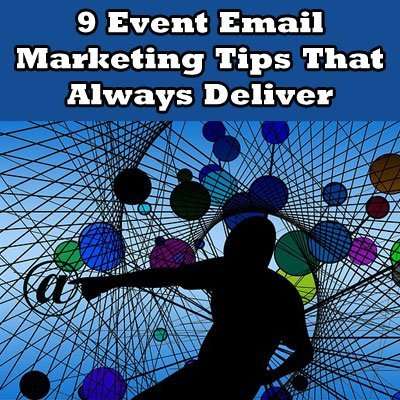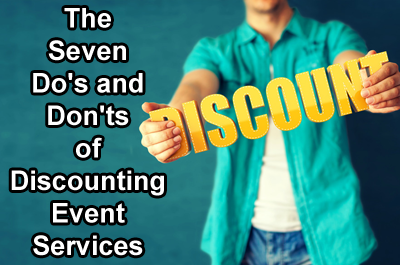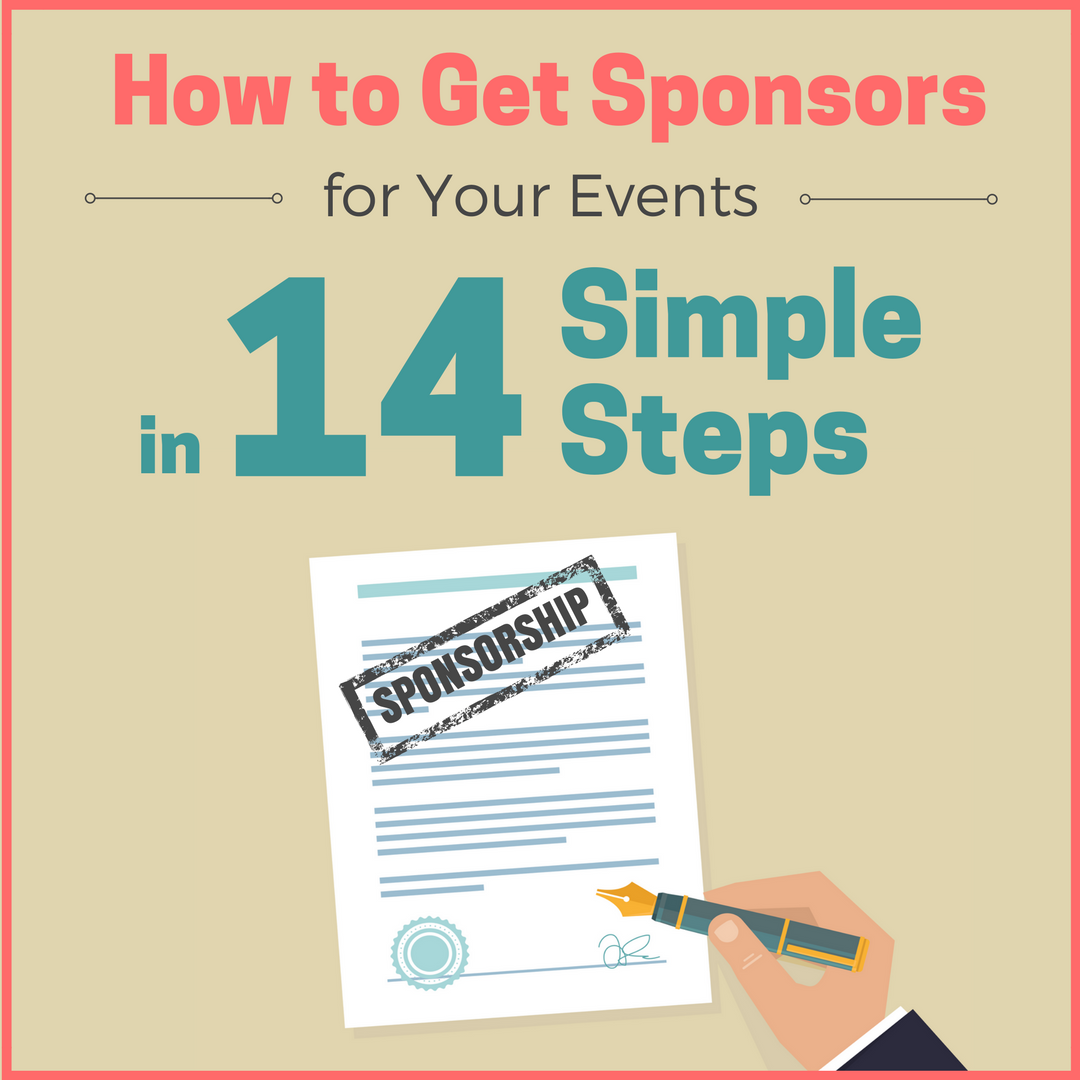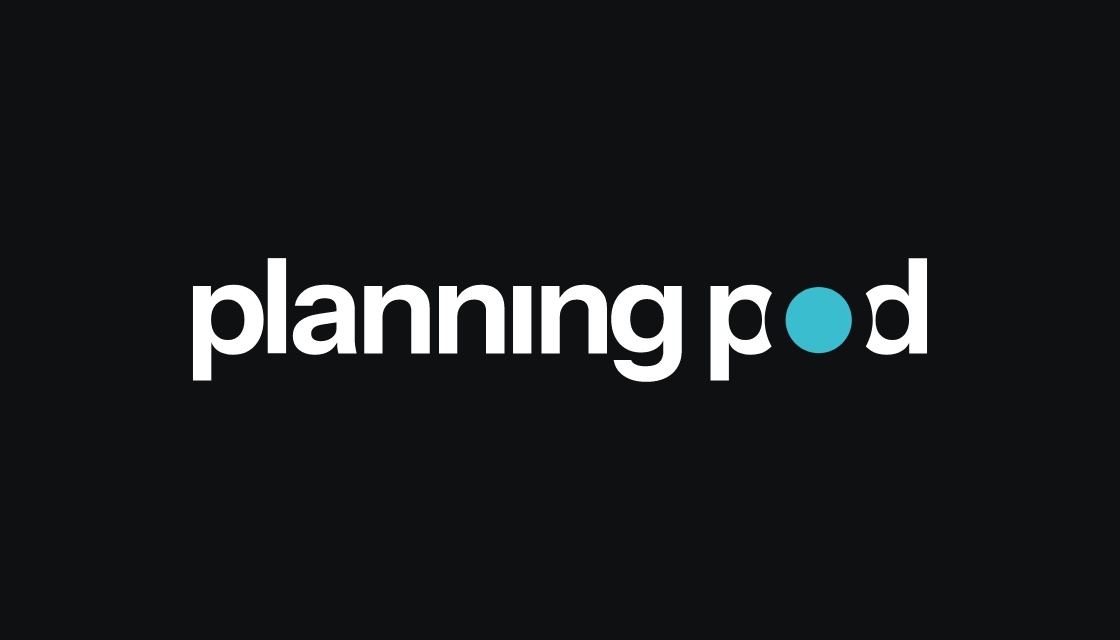#1 - Be honest and upfront with your intentions.
If your audience signs up for your list thinking they will get useful resources and value-adds only to later receive a slew of stale sales emails, you will anger more people and damage your brand more than you can imagine. However, if you would have told them you would be primarily sending them crappy sales emails, your signups would be dramatically lower, but those people receiving your emails will be ready for your crap. But lets turn that around ... Better yet, never push lots of sales pitches to your audience (because they are sick of being sold), stay far away from salesy language and instead be courteous, positive and honest in what your email recipients can expect when they opt-in to your list. And yes, they do need to opt in.#2 - Build and maintain your list with strategic content and surprising offers.
It's a good thing you already know that self-promotional emails don't move the needle much ;) So what emails do work? For starters, timely studies and research conducted by you on topics that interest your audience. Videos detailing useful ideas and tips that educate them in their areas of interest and your areas of expertise. Images and graphics that illuminate, inspire and entertain (oh, and infographics are still very effective, too). Beyond providing your email recipients with educational and inspirational content, occasional offers and discounts that are of value to them also make great email topics. Yes, you can certainly provide the expected offers like early-bird savings or discounts off your services. But adding the element of surprise can make your offers more unique and appealing. For example, you could curate discounts from events industry partners and offer them to your list. Or you could offer discounts for people who tweet your event to 100 of their colleagues. Anything that varies from the norm but still reflects your brand and offers value is worth trying at least once. And email, if it's about anything, is about testing constantly.#3 - Mail to your list frequently in the first month, regularly after that.
If you are like us and garner opt-ins via a variety of tactics (like product trials, e-newsletters and how-to guides), you want your new recipients to understand the kind of value they will get from your emails. And you don't want to wait too long for them to receive your first email; otherwise they may forget they signed up and mark your emails as spam. So a good rule of thumb is to send six emails to your new email list members within the first month of them signing up. Usually a mix of educational content and discounts work well, and towards the end of the month you may want to toss in an opt-in confirmation email to make sure they are interested in sticking around. After that, I would recommend emailing to your list not more than twice a month and sending out one (1) offer email for every four (4) educational emails. The reason for this is that people enjoy mulling through content and don't mind getting more of these types of messages, but if they receive too many offers they tune them out and start ignoring them. The key here is consistency, and dropping off will only hurt you because your list members will forget about you.Before you can market your event, you need the groundwork in place to start planning and building it. And Planning Pod has 26+ easy-to-use tools that can help you and your team manage every detail and collaborate online with ease. Try Planning Pod's event management solutions or venue management tools free today.








